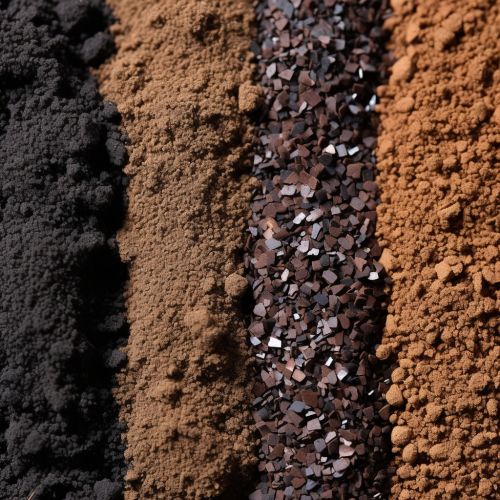Permeability (earth sciences)
Introduction
Permeability in the field of earth sciences is a measure of the ability of a material (usually a rock or soil) to transmit fluids. It is of significant importance in the study of groundwater, petroleum and natural gas extraction, and soil erosion.
Definition
Permeability is defined as the property of a porous material's ability to allow fluids to pass through it. The permeability of a medium is related to the porosity, but also to the shapes of the pores in the medium and their level of connectedness.
Measurement
Permeability is typically measured in the laboratory using specially designed equipment such as the permeameter. The unit of measurement is the darcy (D), named after the French scientist Henry Darcy who first described the flow of water through sand.
Factors Affecting Permeability
Several factors can affect the permeability of a material. These include the size and shape of the particles, the degree of saturation, and the temperature and viscosity of the fluid.
Types of Permeability
There are two types of permeability: absolute and effective. Absolute permeability is the measure of the permeability of a rock without any fluid interactions. Effective permeability, on the other hand, is a measure of the ability of a particular fluid to flow in the presence of other fluids.
Permeability in Different Earth Materials
Different earth materials have different permeabilities. For example, sand and gravel have high permeability while clay and shale have low permeability.
Importance in Earth Sciences
Permeability plays a crucial role in various aspects of earth sciences. It is vital in the study of groundwater flow, oil and gas reservoirs, and soil erosion.
Applications
Permeability is used in various fields such as civil engineering, environmental engineering, and petroleum engineering. In civil engineering, it is used in the design of dams and embankments. In environmental engineering, it is used in the design of landfill sites.
See Also


